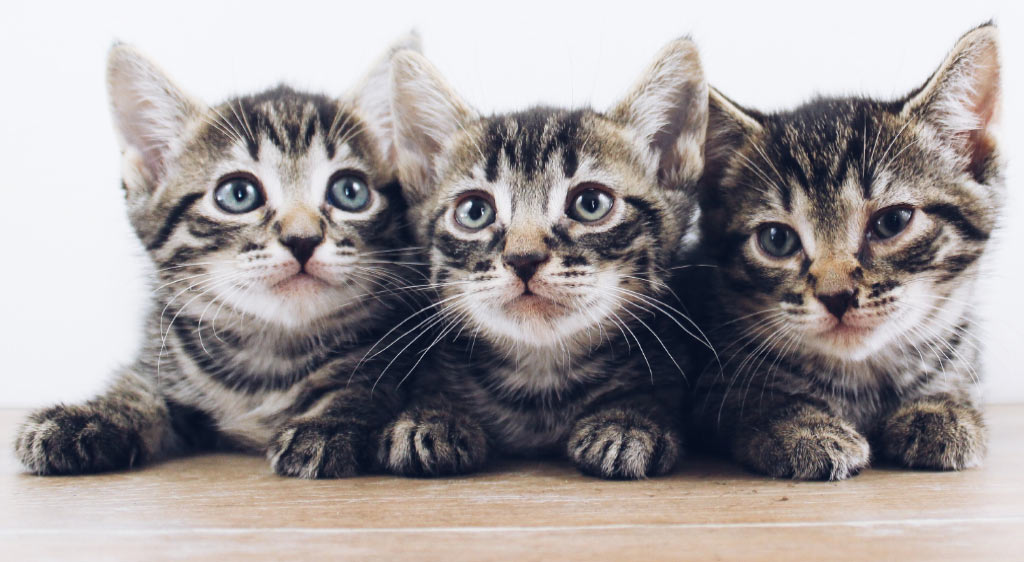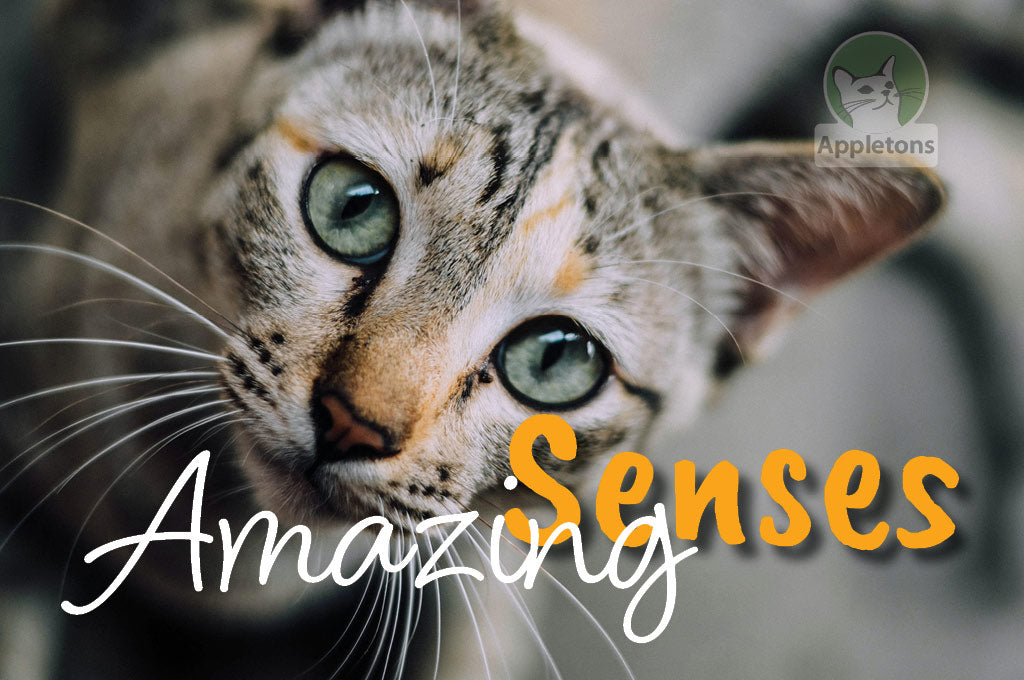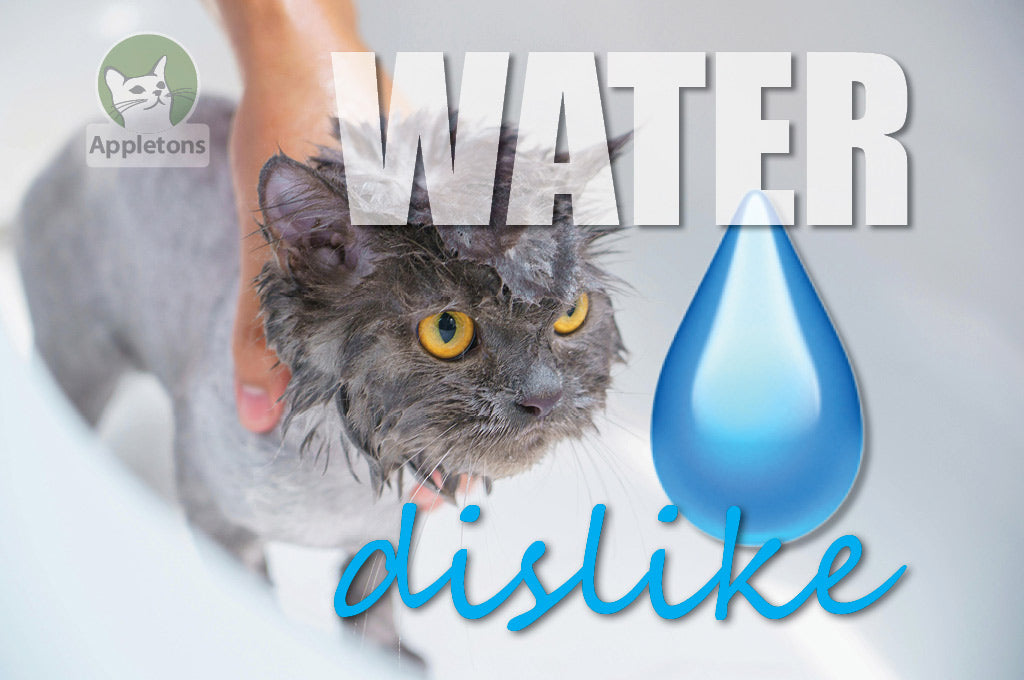The Domestic Cat
Big wild cats and small domestic cats do have their differences, but share up to 95% of their DNA.
When you think of a cat, you may think of a domestic cat lazy and loving, lolling on the sofa, or you might think of larger cats such as lions and tigers.
Scientists have managed to sequence the DNA (the instructions for life) of the domestic cat and have shown there is very little difference between them and their wild cousins. This isn’t surprising when you consider that many domestic cats are able to live feral without any human care.



The Wild Cat Family (Felidae)
Domestic cats belong to the biological family Felidae. They share many wild relatives such as Lions, Cheetahs and Servals. Felidae can be split into two subfamilies; Pantherinae (the roarers) which includes a lot of the big cats like Lions, Tigers and Jaguars, and Felinae (the purrers) which includes a lot of the smaller to medium sized cats like Domestic cats, Cheetahs and Servals.
Unlike dogs, who are considered fully domesticated, cats should only be considered semi domesticated. Some cats are much more dependent on us than others and some are much closer to their wild cat cousins.
What's the Difference Between a Stray Cat and a Feral Cat?
A feral cat is a cat that was either born in the wild, or is a stray that has not had human contact for a long period of time. Feral cats are different to strays in that they are very wary of humans, and cannot usually be tamed. This means they are not suited to indoor living and are better off living outside in a colony. A cat colony is a group of feral cats living in the same area with a common food source. There are many charities that manage feral cat colonies by using the trap, neuter, and return scheme to control the population.
Feral cats have little to no contact with humans so when approached by humans they will be very scared and will not approach. However this isn’t a sure way to tell the difference because many colonies of feral cats have learnt that humans can be great providers of food.
The body language between strays and ferals also tends to be different. For example feral cats won’t display any body language which indicates they feel comfortable or happy in your presence. They won’t make eye contact with you and will crouch low, or sit with their tail wrapped around them guarding them.


A stray cat is a cat that once had an owner, but has ‘strayed’ and become lost. Fortunately stray cats can usually be re-homed, as they soon remember the comforts of having loving owners and a warm lap to curl up on.
Stray cats are more likely to approach either you, or your house than a feral cat. They are far less likely to run away when you approach them and some may even tolerate or enjoy being stroked.
A stray cat is more likely to make eye contact with you and show body language that indicates its happy and comfortable such as walking with its tail straight.
Stray cats are likely to meow in response to you, whereas a feral cat will not meow or purr.
Breeding Cats for a 'Wild Look'

As well as hybrid cats there are cats that are selectively bred for a wild look without being crossed with a wildcat. Similar to hybrids these are new breeds that are growing in popularity thanks to their exotic looks. A breed that has received a lot of media attention is the Toyger (above) which as the name suggests has been bred to resemble a miniature or ‘toy’ Tiger. These cats don’t have Tiger DNA but their striped coat and small ears could make you think otherwise.
'Wild Looking Cats' and the 'Wild Cat' they are bred to look like

Ocicat (Ocelot)

Pixie Bob (Bobcat)

Serengeti (Serval)

Toyger (Tiger)

Cheetoh (Bred to have a ‘wild’ look)
Swipe for more
Explore the many interesting features of our feline friends




Swipe for more
